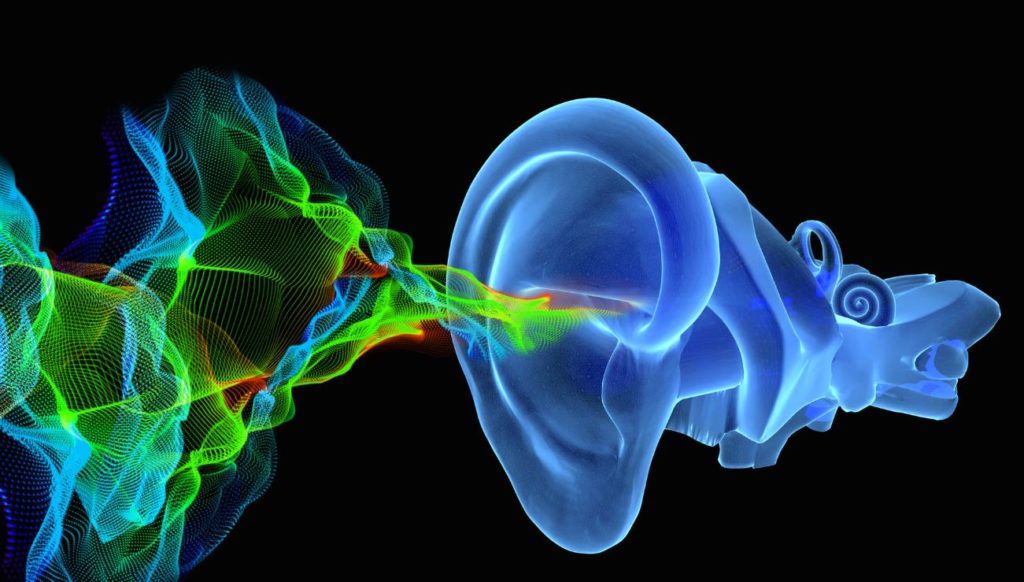
Table of Contents
The search term noise dampeners is a term that not only does not describe the noise issue but seeks to put water on the problem. When you use the word dampener you are referring to placing moisture on something. Dampening is a process using moisture of some type. Placing moisture on a noise transmission issue will not assist you with your noise transmission issues. In fact, moisture may make it worse. We are not looking for noise dampeners. We are looking at noise transmission from a source to a receiver. The source could be the garbage truck at 6 am waking you up. The noise could be from a highway that is generating traffic noise.
The noise transmission could be from a loud neighbour. There can be many sources of noise that transmit their energy to the receiver. We do not want to use noise dampeners. No moisture is required. We must build a barrier between the source of the noise and the receiver.
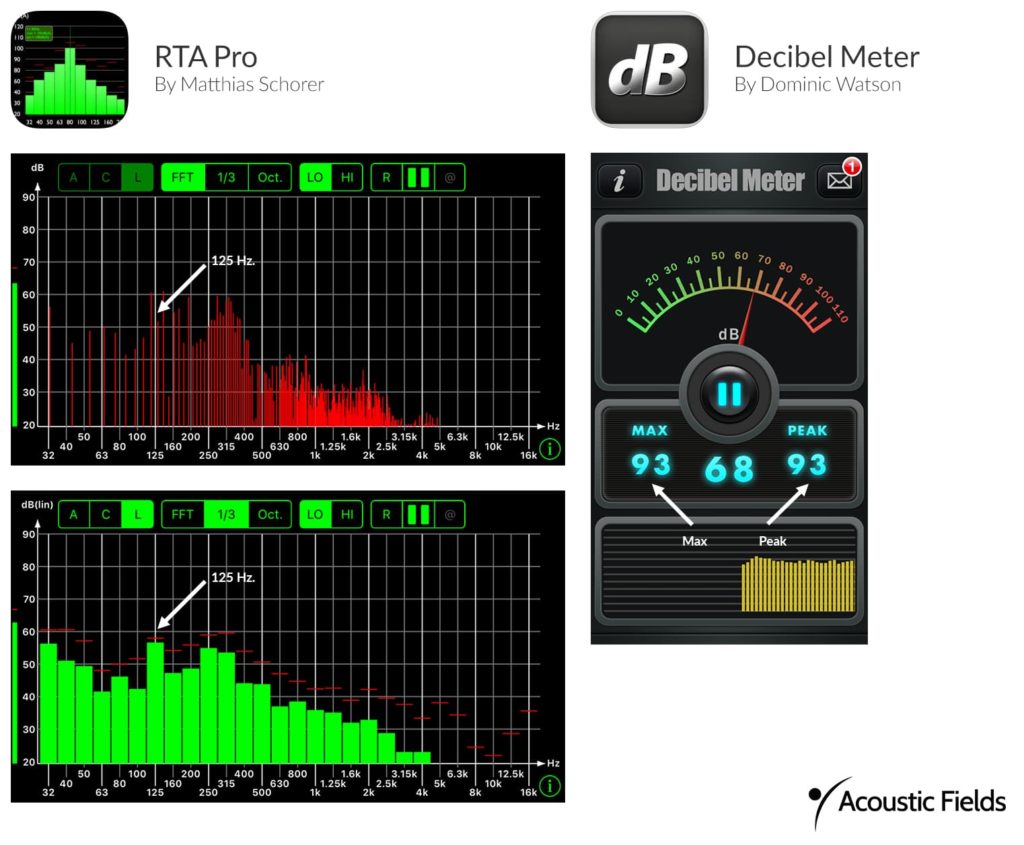
Shift the Focus from Noise Dampeners to Noise Transmission: A Garbage Truck Example
Instead of thinking about noise dampeners, we need to think about noise transmission. Let’s focus on our garbage truck example for a comparison between noise dampeners and noise transmission.. The garbage truck generates lower frequency energy from its motor and other mechanical components. The mechanical noise is then transmitted through the air and strikes your bedroom walls. When the airborne noise strikes your walls it turns into a vibration. We go from airborne energy into vibrational acoustics. These are two different processes that require two different approaches.
Air borne and vibrational energies still fall under our laws of physics but the treatment used to manage each one is entirely different. People confuse these two issues all the time which usually results in a failed project goal. To minimize the impact of any noise issue, we must quantify and qualify the noise issues. We must measure the airborne noise for frequency and amplitude.
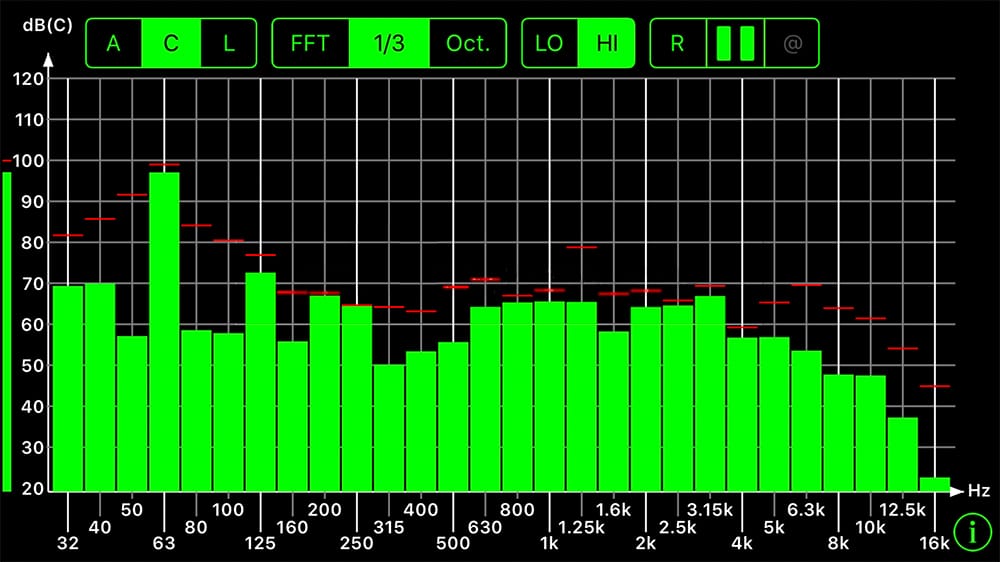
Measuring Noise Frequency and Amplitude to Design Effective Barriers
Each frequency and amplitude of the noise issue must be measured and identified. The treatment for any noise issue is to design and build a barrier to place between the noise source and the receiver. The barrier design and build is based upon the frequency and amplitude of the measured noise. Every material used within the barrier design is based upon the measured frequency and amplitudes of the noise.
Frequency is where the noise lies on our human hearing range and amplitude is the strength of those noise frequencies. Amplitude is the strength of each frequency or octave band. Lower frequency noise below 125 hz. transmission issues require a completely different barrier type than noise issues that are focused above 125 hz. Barriers for lower frequency noise issues have more layers of materials of different densities and these layers are arranged in different construction methodologies.
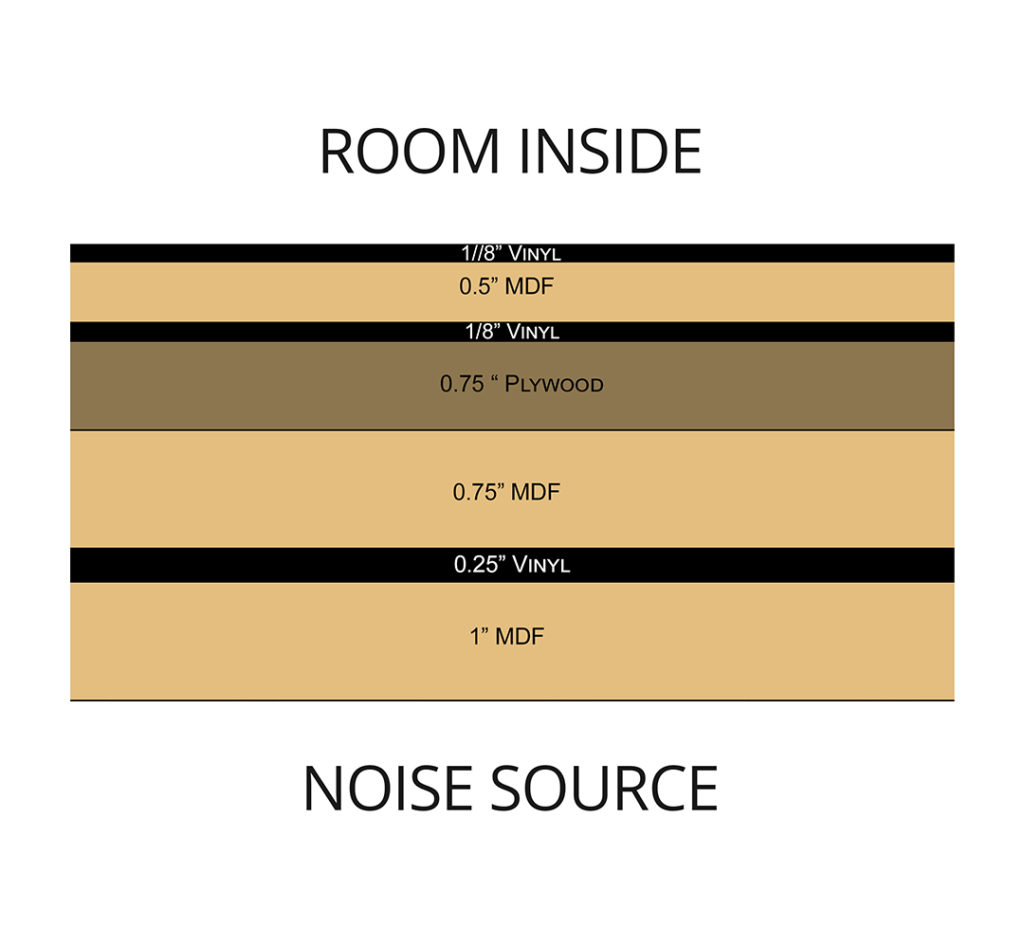
Acoustic Fields: Providing Customized Barrier Design Services Based on Measured Noise Frequencies and Amplitudes
At Acoustic Fields, we can assist you with your noise transmission issues. We have design services that will help you measure the noise. We have apps that we send you and you download them on your phone. You follow our instructions and take two noise readings each day over a seven day time period. You record the noise frequency and amplitude on our online data sheet. You send us the data sheet and we analyze your noise numbers and send you a drawing for the barrier that you will build.
The barrier drawing is specific to your noise issues. Every material type used along with its density and the manner in which it is built is directly related to your noise numbers. This noise measurement service is part of our design services and associated fees.
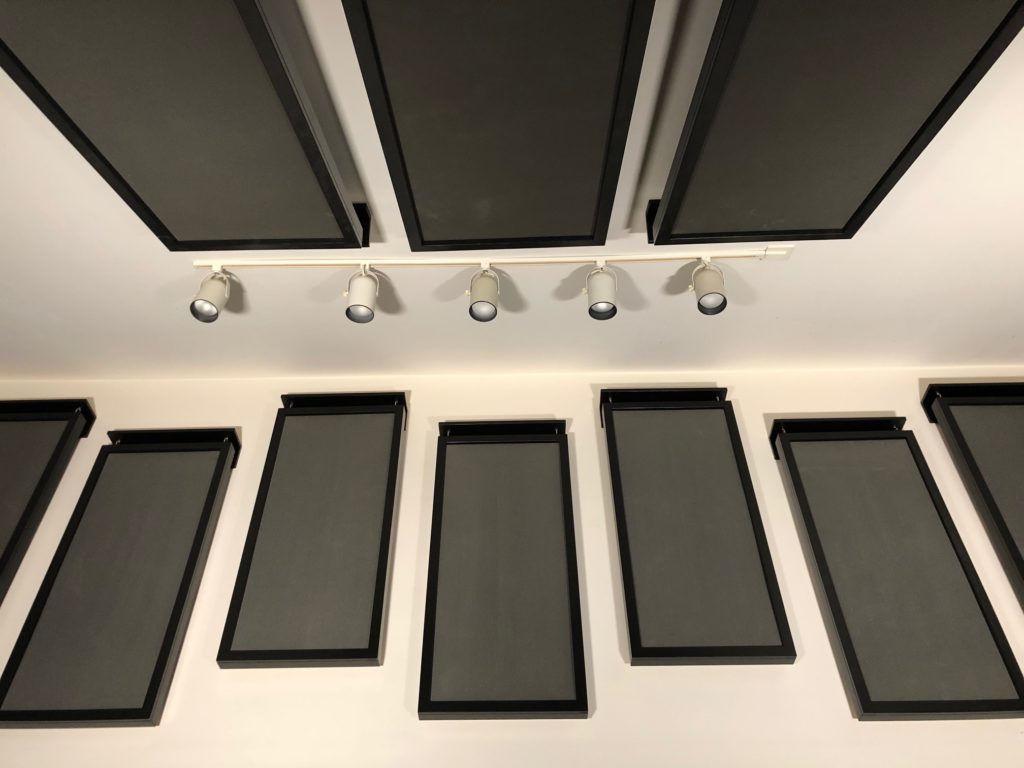
Understanding the Difference Between Noise Transmission and Internal Treatment in Critical Listening Room Design
Noise can ruin any project that involves critical listening of music and voice. People often confuse noise transmission and the barrier requirements with sound absorption technologies. The two issues that are present in all rooms are lower frequency pressure issues along with reflections from the walls surfaces. These internal treatment types are absorption and diffusion and go on the inside of the room. The barrier which attenuates noise is termed the shell and goes on the outside of the room facing the noise source.
When you are designing a critical listening room, you want the noise floor or how quiet the room is to be as low as you can get with available space and budget. You will have three walls that must be designed. You will have the barrier wall which is used to stop noise transmission. The next wall is the climate control wall which keeps the temperature in the room and then the inside wall is the treatment wall where we have the absorption technologies placed within the room to manage the unwanted pressure and tame the reflections.


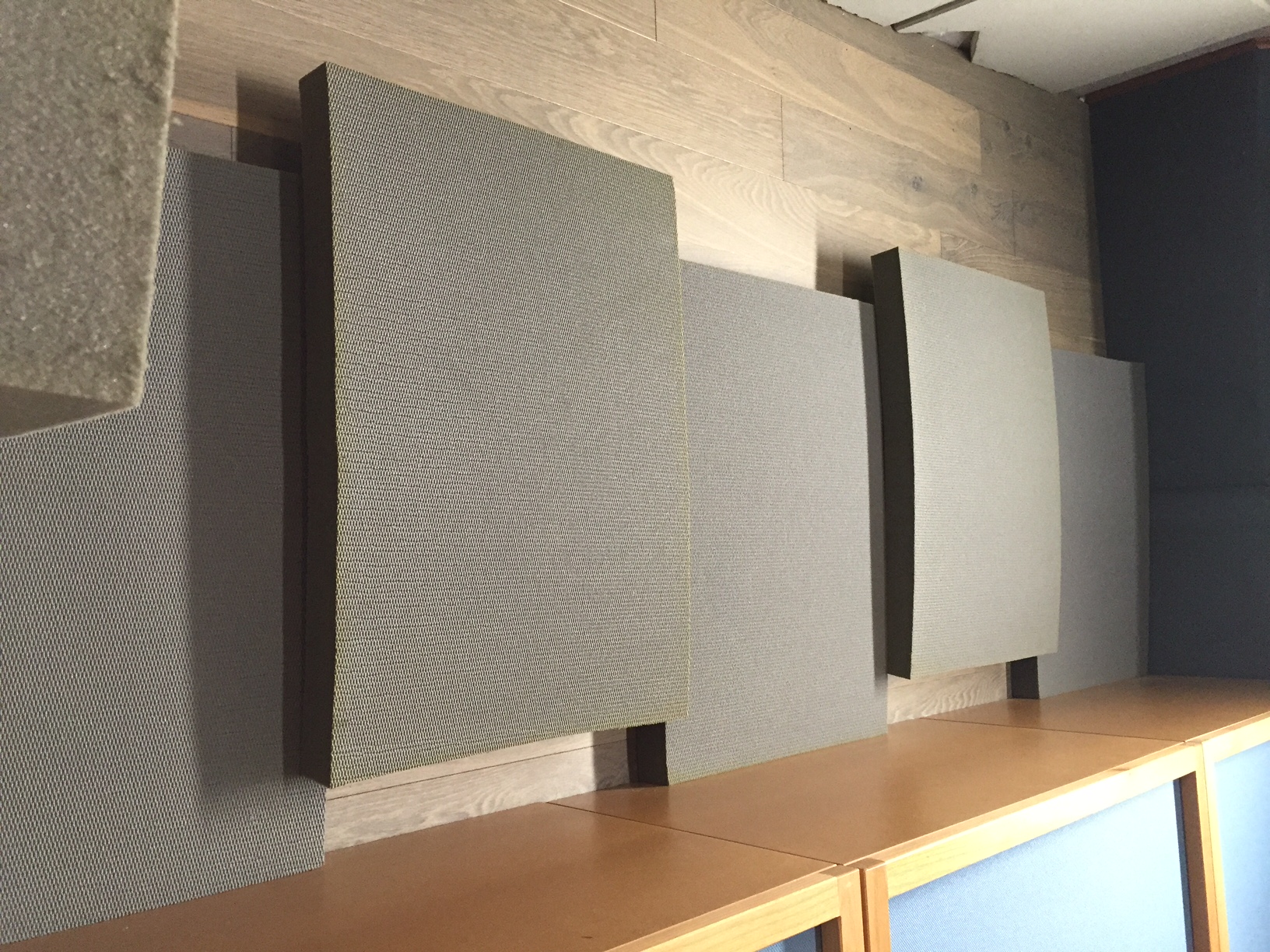





The discussion on ductwork noise transmission from Acoustic Fields highlights crucial aspects of HVAC system acoustics. The movement of air…
Great build plans. thank you Denis
You must use absorption. Never place a chair against a wall.
A friend and I built several diffusors using these plans and they turned out absolutely beautiful. Very good instructions and…